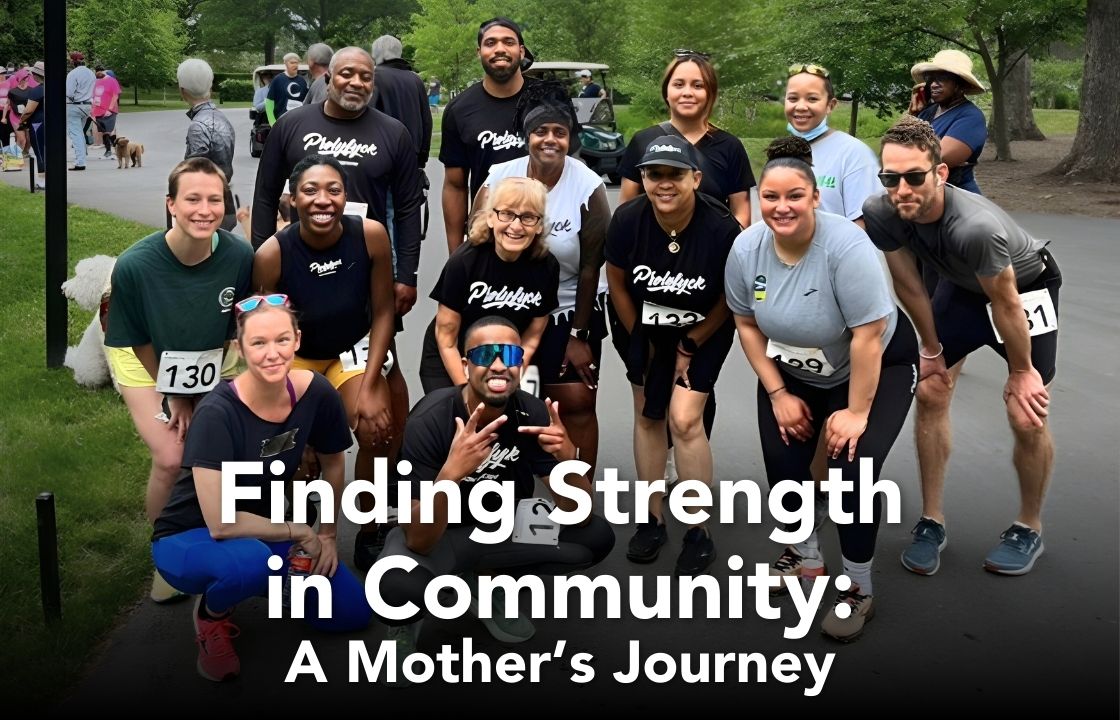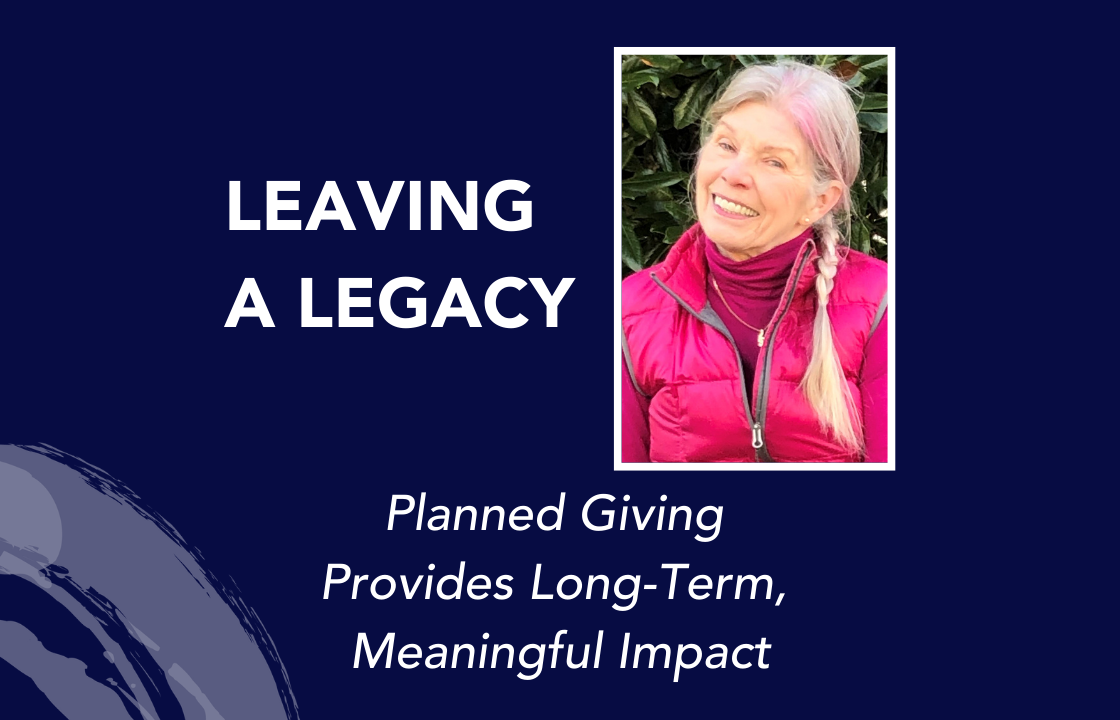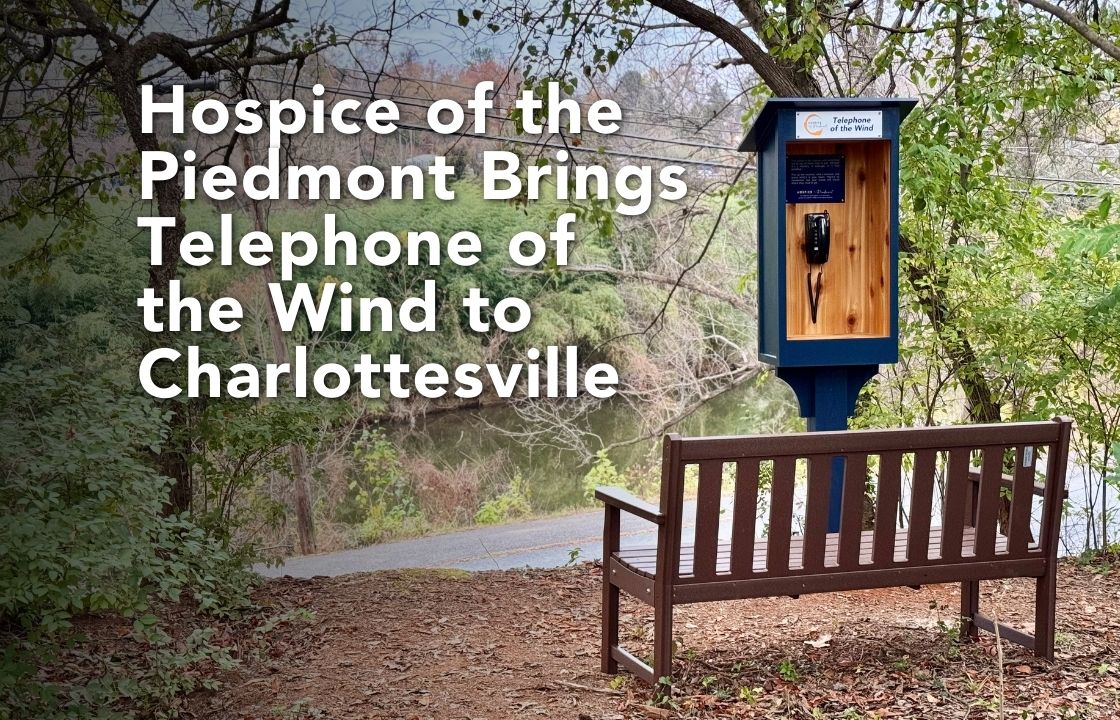For each of us, navigating the healthcare landscape throughout our lives is a deeply personal journey. Our experiences supporting our own healthcare needs, let alone our loved ones, can be uplifting or challenging. For those who have encountered the stark realities of healthcare inequity, the journey can feel daunting, marred by complexities and barriers that seem insurmountable.
As a nonprofit, community-based hospice, we aim to remove the complexity and barriers and serve everyone needing care and support as they approach life-limiting illness. Because of this, it is worthwhile to point out the ways in which hospice differs from traditional healthcare settings.
This article draws on conversations with our President & CEO, Nancy Littlefield, DNP, RN, and our Chief Medical Officer, Alina Fomovska, MD. Our goal is to illuminate the unique aspects of hospice care for everyone in our community, especially if past healthcare experiences have left them wanting a more inclusive and patient-centered approach.
Patient-Centered Care
In the words of Littlefield, hospice is “caring for people in the way that matters the most.” This statement captures the heart of hospice care – a patient-centered approach that prioritizes dignity and the personal wishes of the individual. Unlike traditional healthcare, which often focuses on a specific disease and its treatment, hospice care embraces a holistic perspective, considering the physical, emotional, social, and spiritual needs of patients and their families.

Dr. Fomovska shares that in medical school, doctors are taught a particular type of negotiation with patients, “If a patient comes to the clinic and they want to talk about a hurt shoulder, and you want to talk about their diabetes medication, you say, ‘Okay, we can talk about your shoulder for 10 minutes, and then we’re going to talk about your diabetes for 10 minutes.’”
But, in hospice, we focus solely on what is important to the patient and those who love them. “They get to choose,” she says.
Prioritizing Quality of Life
For many facing a serious illness, the quality of life becomes the focal point of healthcare decisions. Hospice care excels in providing comfort, emphasizing effective pain management and symptom control.
But each of us will define “quality of life” differently.

Littlefield recalls when she was new to hospice and accompanied a social worker to see a patient: “The social worker said, ‘You know, Gary, I’ve seen a decline in your day-to-day health, right? You’re having more pain, sleeping more, and not wanting to eat like you were. I’m going to be documenting that in your chart. But I also want to use this time to say: What do you still want to do that I can help you with?’
“And he looked at his refrigerator. He said, ‘You see that bottle of whiskey on the top. It’s really expensive, and I would like you to get it, and the three of us will have a shot of whiskey because I’ve been waiting for the moment that I actually open up that bottle.’
“So, he blows the dust off the bottle, brings it back to the table, finds three shot glasses, and we bellied up with him making a toast to his wonderful life,” says Littlefield. “He died four days later. I’ll never forget it.”
Economic Considerations and Removing Barriers
One practical concern for patients and families is the financial impact of healthcare. Dr. Fomovska addresses this concern, noting that hospice care removes the economic barriers that often complicate healthcare decisions.
Most types of healthcare operate on a Fee-for-Service Model; that is, providers are paid for each treatment, test, or procedure. This can be further complicated by insurance, which covers each of these costs to varying degrees depending on deductibles and copayments.
Conversely, hospice is all-inclusive. (You might say it’s the Sandals of Healthcare!) Medicare, Medicaid, and even most private insurers pay hospices a daily rate for each patient. In turn, a hospice covers all costs related to caring for the patient, including medications, equipment, and the services of the hospice team.
“It’s wonderful to engage with patients about their health care from the perspective of what they need and what benefits them the most, rather than what they can afford,” says Dr. Fomovska.
Furthermore, as a nonprofit hospice, Hospice of the Piedmont is not beholden to outside investors or shareholders needing a share of profits. Our revenue is reinvested into patient care.
Caring for You at Home
Another significant difference between Hospice and other types of healthcare is where care is delivered. Instead of patients needing to coordinate travel to a doctor’s office or hospital, the hospice team visits the patient wherever they call home.
The old-fashioned approach reminds Littlefield of growing up in a small town where the doctors made house calls, “In hospice, that’s what we do, too. We go where people are. We meet them wherever they call home and provide care and services that they need.”
Bringing compassionate care directly to the patient underscores the commitment of hospice to preserve each patient’s dignity. Because, caring for people in the familiarity of one’s own living space is not only more convenient for the patient, but it also allows them to maintain their unique sense of identity.
Inclusive Family Care and Holistic Support
Caring for a loved one approaching the end of their life is daunting. Hospice recognizes that illness affects not just the individual, but also their loved ones. And so, hospice care extends its reach to include the patient’s definition of their family.
“Typically, your patient is the person in front of you,” says Dr. Fomovska. “In the world of hospice care, your patient includes the patient and the family unit around them. Treating the family as an integral part of that lets you think about the patient’s life more holistically.”
Unlike other forms of medical care, that can sometimes feel narrowly focused on a patient’s disease, as opposed to the whole person. Hospice widens its lens to ensure the entire family is cared for. As someone recently shared at a community event, “Hospice of the Piedmont cared for my husband. It saved me.”
Navigating the Journey with an Interdisciplinary Team
Unlike other aspects of the healthcare system that can sometimes feel disjointed. Hospice carves out dedicated time for an interdisciplinary team to discuss each patient collectively. This collaborative approach ensures that every aspect of the patient’s well-being is addressed.
The interdisciplinary team is a cornerstone of its patient and family-centered approach. Comprising doctors, nurses, social workers, spiritual counselors, and aides, this team ensures comprehensive care that meets patients’ and their families’ medical, emotional, social, and spiritual needs.
In fact, after being admitted to hospice, one of the first visits is usually from a social worker, who collects a detailed personal history of the patient. This information is shared with the interdisciplinary team caring for the patient.
“In hospice, we take care of the whole person—not just the symptoms they might have,” says CEO Littlefield. “I love that we really get to know the whole person and who they are to their loved ones.”
Understanding Hospice: A Unique Approach to Care
For those who have faced challenges within the traditional healthcare system, hospice care offers a different, more personal approach. Hospice is a comprehensive, compassionate way of caring that honors the individual at the heart of the care.
As our CEO, Nancy Littlefield, and CMO, Dr. Alina Fomovska, remind us, Hospice is about prioritizing quality of life, respecting personal dignity, and nurturing meaningful connections. Hospice is a model for healthcare that places the patient and their family at the center, providing medical care and emotional and spiritual support.
If your journey through healthcare has been difficult, know that hospice care is designed to be inclusive, offering a space where every person’s needs and values are acknowledged and respected. It’s a choice that affirms life’s value in all its stages, ensuring that every individual’s journey is met with empathy and care.
If you’d like to learn more about whether hospice is right for you or a loved one, we invite you to start the conversation.
(The image accompanying this article was created using the generative AI tool DALL-E 2)



